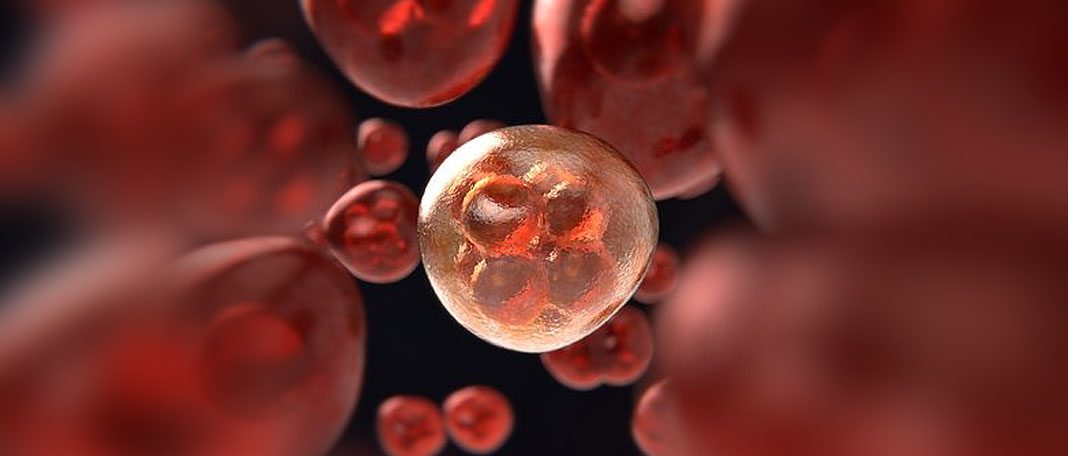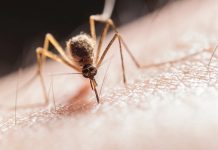Cancer is one of the deadliest diseases in the world. It is the second leading cause of death worldwide. Recently, the word “precancerous cells” has been widely spoken. Does having precancerous cells mean you get cancer? The answer is yes and no. The term precancerous cells can be terrifying, but you don’t need to worry, not all precancerous cells turn into cancer! Read on to know more.
What Are Precancerous Cells?
Precancerous cells or premalignant cells are abnormal cells that have undergone some changes. These cells do not invade nearby tissues or spread to other parts of the body. From infection to chronic inflammation, there are many reasons for the causes of precancerous cells. They can occur anywhere in the body- skin, breasts, bronchi, colon, etc. Remember, not all precancerous cells are cancer cells. Precancerous cells have the power to turn into cancerous cells but mostly, they won’t. If precancerous cells are removed before becoming cancerous, they can be 100% curable. With that said, not all precancerous cells need to be immediately removed.
Cancer cells and precancerous cells can co-exist! For instance, people diagnosed with breast cancer are found with precancerous cells. Both Malignant and premalignant cells are found in many tumors.
Types of Precancerous Cells
- Barrett’s Esophagus- Abnormal esophagus cells can become esophageal cancer.
- Cervical Intraepithelial Neoplasia (CIN)- A precancerous state of condition in which abnormal cells grow on the surface of the cervix.
- Actinic Keratosis- Abnormal skin changes caused by UV damage may develop into squamous cell cancer.
- Adenomatous Polyps in the Colon- A type of polyps that may develop into colon cancer.
- Atypical Lobular Hyperplasia- Abnormal cells in the breasts tissue that may develop into breast cancer.
- Dysplastic moles- A type of mole that looks different from other moles. Dysplastic moles can develop into melanoma, or it can even indicate a higher risk of melanoma.
- Atrophic Gastritis- Precancerous changes in the stomach that can develop into the stomach or gastric cancer.
- Bowen’s Disease- It is the very early precancerous stage. It affects squamous cells and may develop into invasive skin cancer.
- Bronchial Epithelial Dysplasia- Caused by accumulation of gene changes and it can develop into lung cancer.
Symptoms of Precancerous Cells
If you come across a suspicious spot, bump, and polyp anywhere in your body consult a doctor immediately. Precancerous cells are mostly found without any symptoms. In case symptoms are present, it depends on the location of the precancerous changes.
- Precancerous changes in the cervix cause the cells to slough resulting in abnormal uterine bleeding.
- Precancerous changes in the mouth can be seen as leukoplakia (white spots).
- Precancerous changes in the digestive tract (esophagus, stomach, or colon) can be only seen on procedures such as colonoscopy or upper GI endoscopy.
- In regions that are not visible to the naked eye, precancerous cells are most often detected only by screening biopsy.
Apart from imaging studies and physical exams, a biopsy is necessary to make the diagnosis. The treatment for precancerous cells will differ upon the location. Precancerous cells will be mostly removed by a procedure called cryotherapy.


















